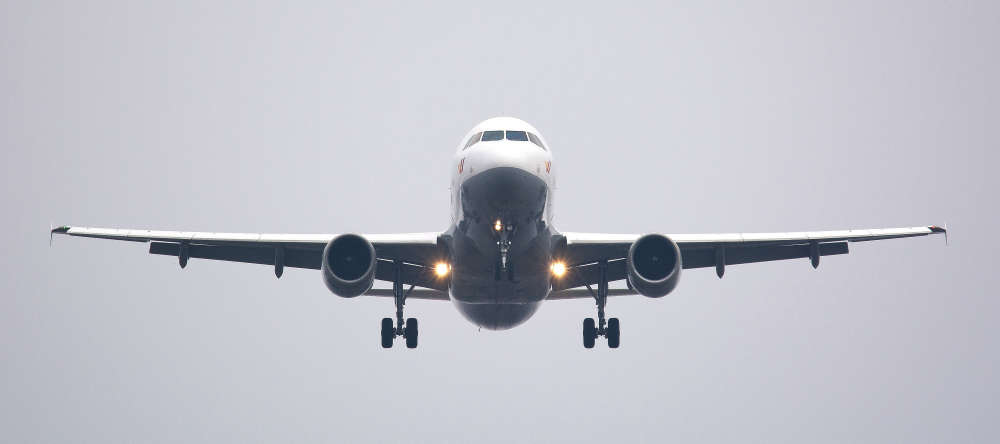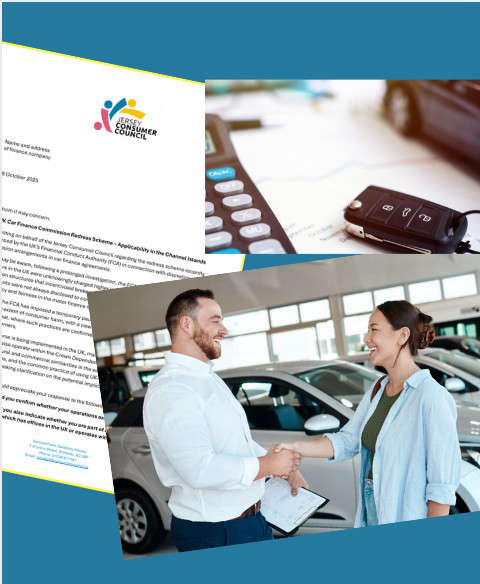
At our Consumer Fair on 19 and 20 September, we found that several Islanders were worried about the new travel policies coming in from October for travellers to European countries. We've looked into this issue and here's what you need to know.
If you’re planning a trip to Europe this autumn or beyond, there will be new travel system you need to be aware of.
From 12 October 2025, the European Union’s Entry/Exit System (EES) will begin rolling out across borders in the Schengen Area – and it will affect most travellers from Jersey and the UK.
Whether you’re hopping on a ferry to France, flying to Spain, or heading off on a cruise, here’s what you need to know to travel smoothly and confidently.
What is the EES?
The Entry/Exit System (EES) is a digital border control system introduced by the EU to replace manual passport stamping. It applies to all non-EU nationals, including those with British and Jersey passports, entering the Schengen Area for short stays.
Instead of a stamp, the system will record:
-
Date and time of entry and exit
-
Which border crossing you used
-
Biometric data – fingerprints and a facial photo
This will happen at airports, ferry terminals, train stations, and land borders across the Schengen Zone.
Why is it being introduced?
The EU is modernising its border controls to:
-
Improve security
-
Reduce illegal overstays
-
Make tracking visits more accurate and automated
Currently, UK and Jersey passport holders can stay in the Schengen Area for up to 90 days in any 180 days without a visa. EES will help both travellers and border authorities keep track of this allowance.
What will happen at the border?
When you arrive at a Schengen border, you’ll:
-
Present your passport
-
Scan your fingerprints
-
Have a facial photo taken
-
Answer basic questions about your trip (e.g. purpose, accommodation, return date)
This process may take a few extra minutes, especially during busy periods or on your first visit after the system launches. Once registered, your biometric data will be stored for three years or until your passport expires.
Where will this apply?
The EES applies when entering Schengen countries, including:
-
France
-
Spain
-
Italy
-
Germany
-
Portugal
-
Greece
-
Switzerland
-
Norway
It's important to note that Ireland and Cyprus are not part of the Schengen Area, so EES does not apply when travelling there.
Who is exempt?
You won’t need to go through EES if you are:
-
An EU citizen
-
A resident of an EU country with a valid permit
-
A national of a Schengen-associated country (such as Norway, Iceland or Switzerland)
-
A dual citizen using your EU passport
If you believe you’re exempt, bring your documentation and inform border staff. If an EES record is mistakenly created, it can be deleted at the border.
Special notes for Jersey travellers
-
Cruise passengers: If your cruise starts and ends outside the Schengen Area (from Jersey or the UK), you’re generally exempt from EES. But if you disembark in a Schengen country and continue your journey, you’ll need to complete EES checks.
-
For the Port of Dover, Eurotunnel, and Eurostar: EES checks will happen before you leave the UK, so allow extra time at these terminals.
-
Flying to Europe: EES checks will be done on arrival in the destination country.
Tips for a smooth journey
-
Arrive early at ports and airports.
-
Have your documents ready.
-
Be patient – queues may be longer during the rollout.
-
Children under 12 won’t need to give fingerprints, but will still be photographed.
-
If you need mobility or accessibility support, contact your travel provider in advance – assistance will be available for the EES process.
Looking ahead: ETIAS is coming too
In 2026, the EU will launch ETIAS, a separate e-visa authorisation system.
You’ll need to apply online before travelling, provide trip details, and pay a €20 fee.
But for now, no action is needed – we’ll keep you updated when ETIAS goes live.
Our thoughts
The EES is a big change, but it’s designed to make travel safer and more efficient. As it is a new system it might slow things up to begin with and there might be teething problems, but in the end it will become second nature as all of the security developments have in the past few years. Remember to put in a little preparation, particularly allowing time for queuing, as this will help to ease your stress around travelling.
For the latest official updates, visit the UK Government’s travel guidance page.

 Blue Islands – Negative Response Letter
Blue Islands – Negative Response Letter
 Blue Islands: What are your rights as the regional airline ceases trading? - UPDATED
Blue Islands: What are your rights as the regional airline ceases trading? - UPDATED
 Were you mis-sold car finance? Jersey consumers urged to come forward
Were you mis-sold car finance? Jersey consumers urged to come forward